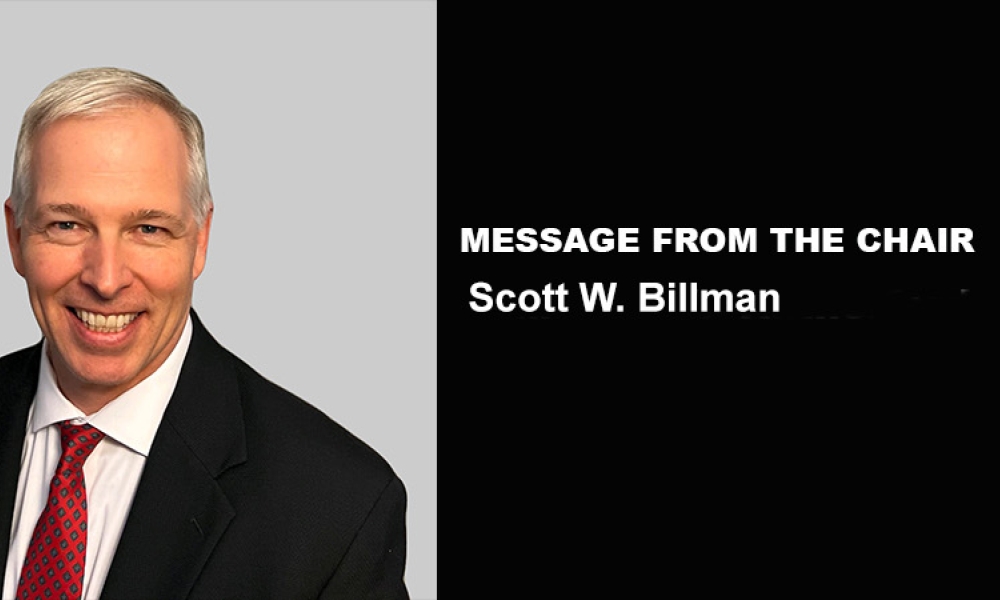Perseverance & Grit: Effort Counts Twice
Brody currently works at Amgen as an Engineer in Single Use Systems and Technology. He earned his bachelor's degree in chemical engineering from the University...



